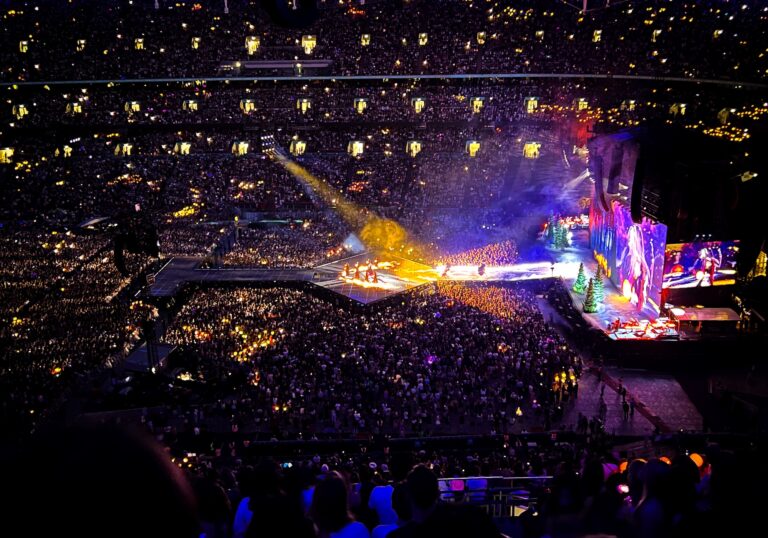Last week, we talked about dynamic pricing and the various ways it could impact your wallet. This includes concert tickets, which got us thinking about an economic trend that is still on the rise: funflation. Here’s what you should know.
What is funflation?
Funflation is a term used to describe the rising cost of live events (basically, exactly what it sounds like: inflation on fun!). In May 2024, admission prices for sporting events increased 21.7% from the previous year. As noted last week, the average concert ticket price has risen 41% in the last five years. This makes it more expensive to attend those events, but that hasn’t seemed to stop consumers from snatching up tickets the moment they go on sale.
Splurging on fun today
What’s so unique about this economic trend, and why business journalists should keep an eye on it, is that it goes against normal patterns of consumer behavior during periods of high inflation. In general, when inflation is high, consumers tighten their budgets by cutting out unnecessary spending and being more strict about where they spend their hard-earned money. But that isn’t what economists are seeing today.
Midway through the summer, CNBC reported that “even while carrying $1.13 trillion in credit card debt, many Americans are still willing to splurge on travel and entertainment.” And while dynamic ticket pricing certainly contributed to the increase in ticket prices, so too has the lasting impact of the pandemic. As one expert told CNBC, “It’s hard to overstate the impact of the pandemic. It changed the way so many people view their spending, and the result is that people are more focused on the ‘right now’ than thinking about 40 years from now.″
Additionally, the massive decrease in live events during the pandemic may have created a backlog of demand for live entertainment that hasn’t quite been satiated. It is also possible that with more people working from home, live events are a way for people to socialize and, for those who can afford it, it may be worth the added expense.
Live events reach new audiences
The demand for live events has been particularly pronounced for sporting events, with even perennial American favorite football being deemed “more popular than ever.” The upcoming 2026 World Cup, which will be hosted in North America, has also helped drive excitement and interest in soccer games throughout the United States, where the sport’s popularity has historically been lower than in other parts of the world. A recent poll estimated a 17% increase in soccer fandom since 2020.
Women’s sports, in particular, are becoming more popular and are seeing new levels of viewership and revenue than ever before. For example, WNBA games have become so popular in the last few years that, for the first time, the Phoenix-based Mercury were able to bump a popular concert scheduled in its home arena after successfully making it to the next round in the WNBA playoffs. Only four years ago, the Mercury had to play their “home” playoff games at different arenas due to previously scheduled concerts.







